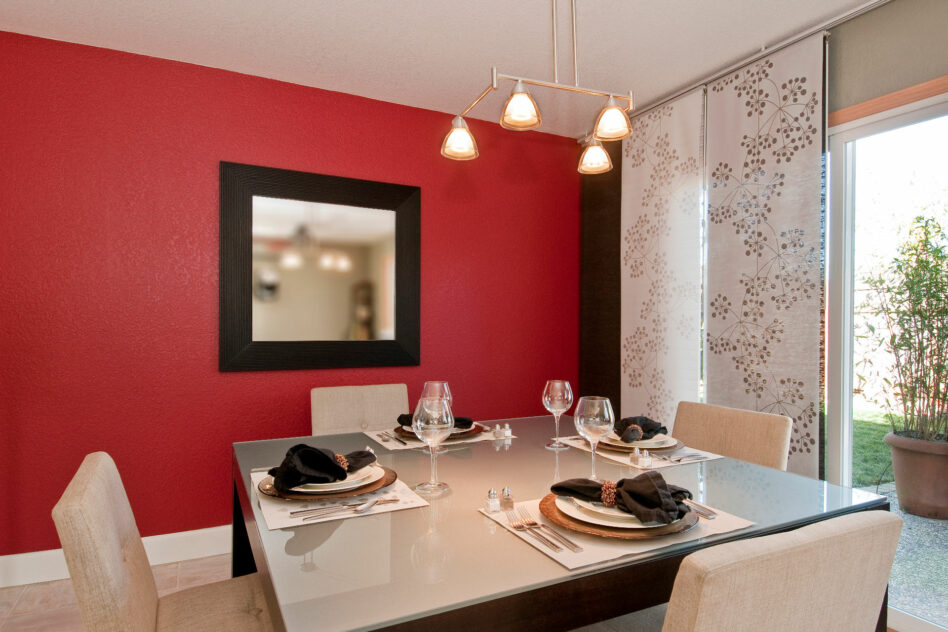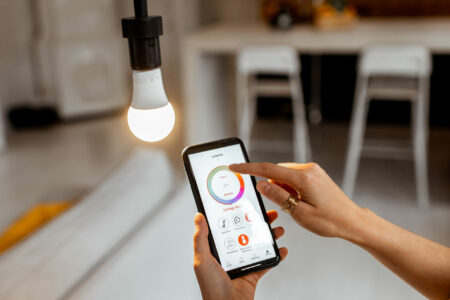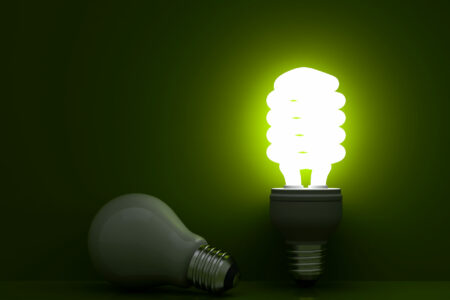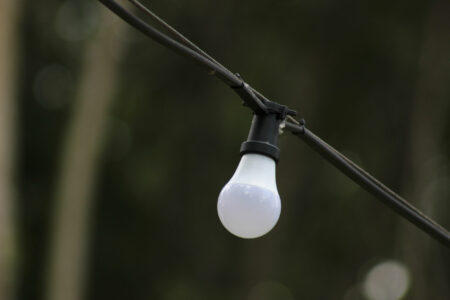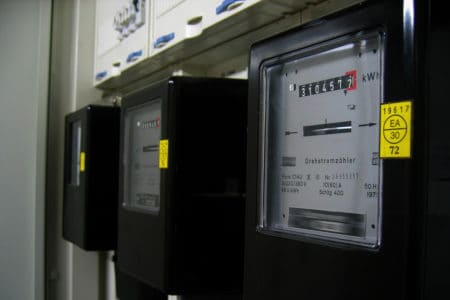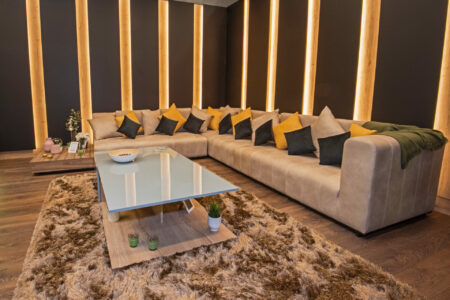As the most multifunctional area of your home, the dining room should have the versatility to fit your needs. Lighting is the perfect solution to this. Today, we’ll be talking about which type of light is best for dining rooms.
Types Of Dining Room Light
The dining room is the most common place where family and friends might gather. It could be an extension to your kitchen prep area, and it’s also where you might do work and home projects.
The focal point is the dining table, which means getting proper lighting for it will be a good investment.
Area Lights
We first eat food with our eyes and when you’re entertaining guests, you’d want your food serving to look nice and neat, right? The light right above your dining table should be able to do that for you.
An area light above your dining table will be able to cast soft shadows on your delicacies. Area lights do this by emitting light in multiple directions, which gives the best possible display of your prepared meals.
Don’t get a point light, which only emits light in one direction. This kind of lighting will cast harsh shadows on your table and you’ll get dark areas that will make it difficult to see your food.
Types of Area Lights
Here are the area lights you can use:
Chandeliers and lamps
These are the most commonly used to go over dining room tables. They’re larger light fixtures that come in different designs.
Contrary to popular belief, chandeliers aren’t just for your grandma’s home. These lights can look modern and edgy. Chandeliers and lamps can add personality to your dining room.
Pendant Lights
These lights are small single lights that hang from a cord. You can even hang multiple together to make a beautiful piece. They can also come in multiple shapes and designs.
Correct Placement
Your area light should be proportional to the table’s size. Designers recommend for the light fixture be at least one-third of the length of a table, but you can certainly go a bit bigger. Just make sure that the light fixture does not extend over the length or width of the table.
The bottom of the light fixture should be 30 to 35 inches from the surface of the table. Don’t forget the most important detail, always make sure your light is at the center of the table.
Color and Intensity
Have you ever noticed that restaurants always go for amber lights? Designers typically go for warm-toned colored bulbs for chandeliers since these make your food look delicious. The last thing you want is pale-looking food due to bad lighting.
The right lighting color can also make the room feel cozy. For LED bulbs, pick those in the range of 2400K-2700K on the Kelvin Scale.
Atmospheric Lighting
Atmospheric lights will help you control the ambiance of your dining room. You could set your dining room up for a great meal with the whole family. Or you can change it up for a romantic dinner for two.
Atmospheric lights aren’t only hanging above the table, they’re also present around the whole dining room. Make sure that there are several light switches to control different lights so you can pick which part of the room you want to be lit up.
Types of Atmospheric Lighting
Here are the atmospheric lightings available:
Recessed Lighting
Recessed lighting or downlights are small lights that go into a hollow opening in the ceiling. They’re usually not so noticeable, meaning you can create a minimalist look with them. They’re perfect for the general lighting of a room.
Sconces
You can mount scones on the wall and direct the light upwards. They’re typically used for illuminating that one family portrait you have in the dining room. It’s also great for creating mood depending on color.
Correct Placement
Place multiple recessed lighting around your dining room. The general rule of thumb is to first divide the height of the wall by two and the resulting number should be the distance between each light. Make sure that there are three inches between the lights and the wall.
For sconces, they should be around 70 inches from the floor and 6 feet away from each other.
Color and Intensity
For atmospheric lighting, you’ll have to consider the color of your dining room walls. Dark-colored walls will absorb more light so you’ll need bulbs with stronger intensity.
Rooms with cold-colored walls like blue and purple will need light bulbs at 3000K on the Kelvin scale. Warm-colored walls like orange, brown, and red can do with 2400K LED lightbulbs.
Light Fixture Designs
It’s pretty daunting to pick the perfect design since there are just too many to choose from, but don’t worry. We’ve got a simplified list for you so you get an idea of the options available.
Pendant and Suspension Lighting
Typically pendant lights are small stand-alone decorative light fixtures that you can hang from the ceiling. Due to the size, you can use multiple together. This kind of light is best used for small round dining tables.
Monorail Lighting
Monorail lighting is a ceiling-mounted lighting. It has a bendable rod or rail that you can turn into different shapes and designs. You can attach decorative pendant lights to the rail, and the wire connecting the pendants to the monorail can be any length you need.
Putting several pendant lights on a rod makes this type of lighting suitable for large rectangular tables.
Ceiling Semi-Flush Lighting
If you happen to have a small, low-ceiling dining room, then this one’s for you. Ceiling semi-flush lights can have designs that look like chandeliers and lamps, but it’s connected very closely to the ceiling.
With ceiling semi-flush lighting, you can get the same look and feel of a chandelier, even in tight spaces.
The Lightbulb Moment
You can’t talk about lighting without talking about the source of light itself. Halogen or incandescent lightbulbs provide a warm and cozy look; however, LED bulbs are currently the most popular.
There are advantages to using LED bulbs. They can be any color, and they’re five times more energy efficient than halogen bulbs. Because of this, you can even use multiple LED lights on one lighting system.
We think that LED lights are the most eco-friendly and energy-saving lights you can choose. Pair them with any of the types of light for dining rooms that we’ve discussed today and you’ll be good to go.
